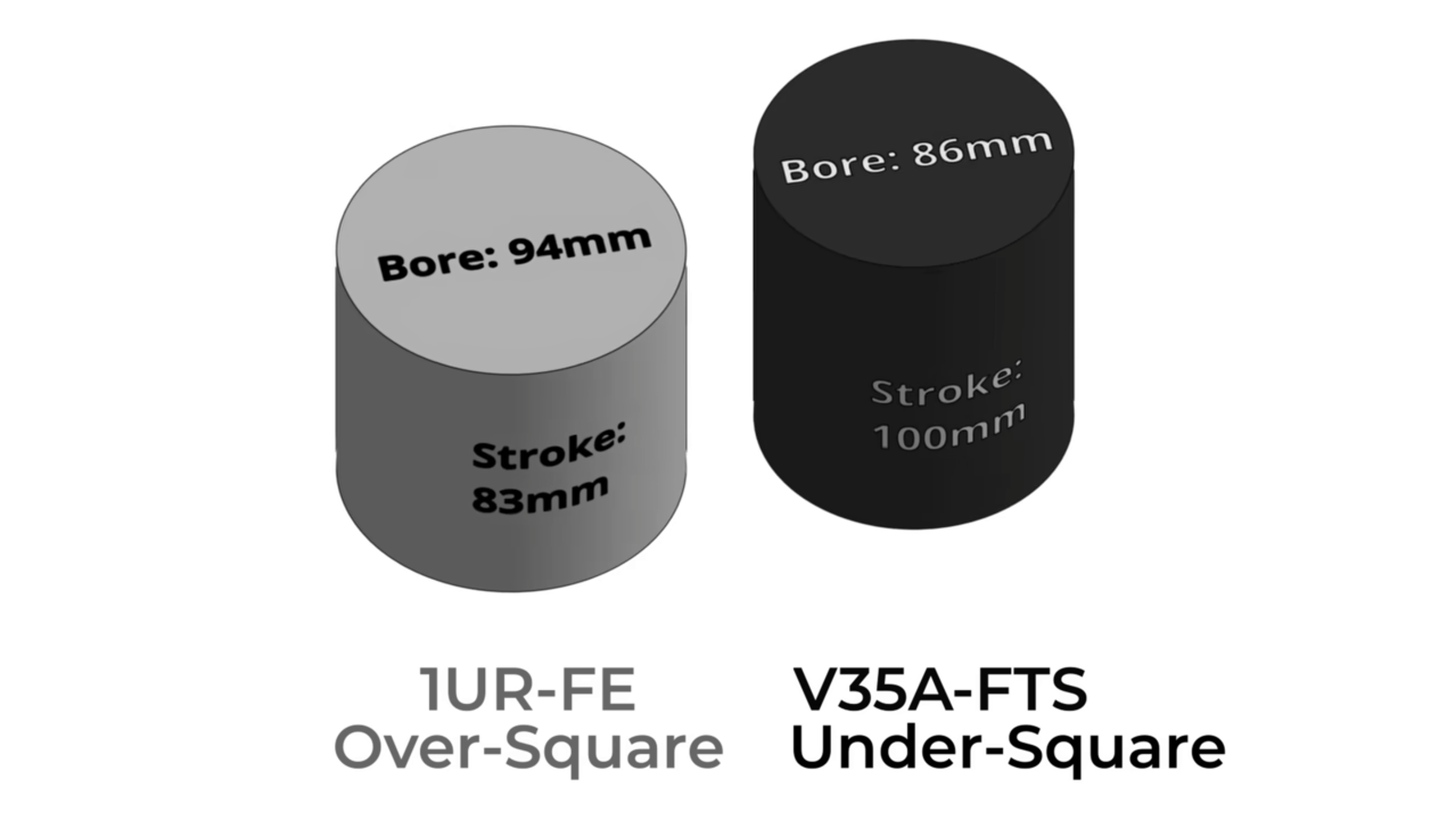You don’t have to be a car person to know that Toyota prizes quality, durability, and reliability in its vehicles. That said, if you are a car person, you’ll know those three attributes are the first items people question when Toyota does something new. Such has been the case over the past two years with the V35A-FTS engine, the twin-turbo V6 that replaced nearly every V8 in the typically traditional automaker’s lineup. It’s still too early to say, but a swath of issues have called the QDR principles into question with no clear answers up to now.
This is a topic I’ve wanted to investigate for a year at this point, but Tinkerer’s Adventure on YouTube beat me to it. They did some serious legwork to reveal what’s different about the V35A-FTS, talking with Lexus GX Chief Engineer Koji Tsukasaki as well as a 20-year Lexus tech while also poring over an extensive SAE report on the engine. Like I said, these power plants aren’t old enough and haven’t been driven long enough in the real world to reach clear conclusions, but this is the most insight we’ve had yet.

Toyotas are known to last forever because their components are usually overbuilt and under-stressed. On the surface, a 3.4-liter V6 that makes 479 lb-ft of torque seems like the antithesis of that. Turbos make a huge difference, of course, but that’s still a lot going on inside a far smaller package—there’s more pressure, more fuel, more everything. When you compare it to the old 4.6-liter naturally aspirated V8 inside the Lexus GX460, displacement per cylinder is nearly identical, but there are other, more drastic differences in the engine’s makeup.
Notably, the V35A-FTS is under-square, with a 100-millimeter stroke that’s bigger than its 86mm bore. This is widely believed to support better low-end torque than over-square engines like the 1UR-FE V8, which had an 83mm stroke and a 94mm bore. Tsukasaki says this is one factor since the V6 makes 479 lb-ft of torque compared to the V8’s 329 lb-ft, a 46% advantage.


There’s an inherent concern that engines with high specific power output, or hp per liter, will suffer from poor thermal efficiency. And wouldn’t you know it, poor reliability is oftentimes a direct result. Toyota claims to have beaten that, though, with a high-speed combustion process that utilizes optimized intake port angles to promote better tumble flow. That means a better air-fuel mixture and minimized energy losses. Essentially, Toyota promises that you can have your cake and eat it too with the V6 when it comes to specific power output and high thermal efficiency.
None of this explains why some of the engines are suffering main bearing failures. Tinkerer’s Adventure spoke with Chris Gonzales, a longtime Lexus technician who owns a 200-Series Toyota Land Cruiser with the old 5.7-liter V8. He explained that in his 20 years of working on Lexus cars and trucks, only three have had main bearing issues—all of them have been LX600s with the V35A-FTS. The issue has also reared its head on Toyota Tundra pickups, as Reddit user u/myoung34 experienced and others in the comments referenced.
The SAE documents obtained by Tinkerer’s Adventure show that the V35A-FTS features metal overlay bearing liners. In theory, this would be stronger than the previous V8’s resin liners, and Toyota itself says the purpose of switching to metal is “to support high load and high-speed driving.” And while the V8 had six-bolt main bearing caps, the V6 combines its four-bolt caps into what Toyota calls a ladder frame. This is done with the intent of increasing rigidity and durability.
No common cause of bearing has been identified yet. No matter what’s creating the problem, the job is an especially big headache for techs like Gonzales. In every case I’ve seen, Toyota instructs its dealers to replace the short block while reinstalling the parts from the factory package that aren’t affected by the failures. Downtime is certainly a factor for owners to consider, and just looking at the engines in pieces is enough to induce some anxiety.
There aren’t enough examples to declare this a widespread problem. What’s more, there’s pertinent information we just don’t have like owner driving habits that could contribute to these failures. But it’s something that people are keeping their eyes on, whether they be technicians, owners, or shoppers. I’ll keep an eye out for any advancements on this story, and if you have any insight to share, shoot me an email.
Got a tip or question for the author? Contact them directly: [email protected]


